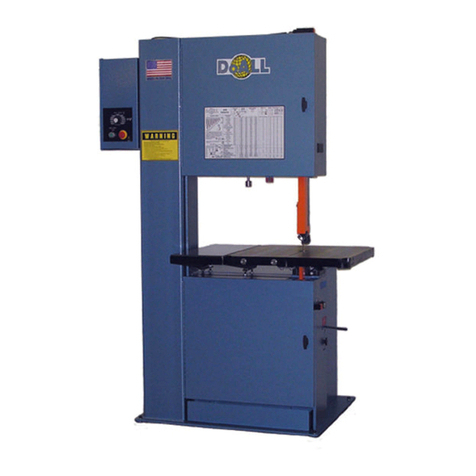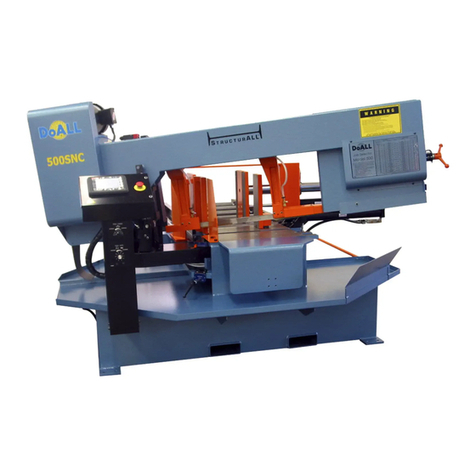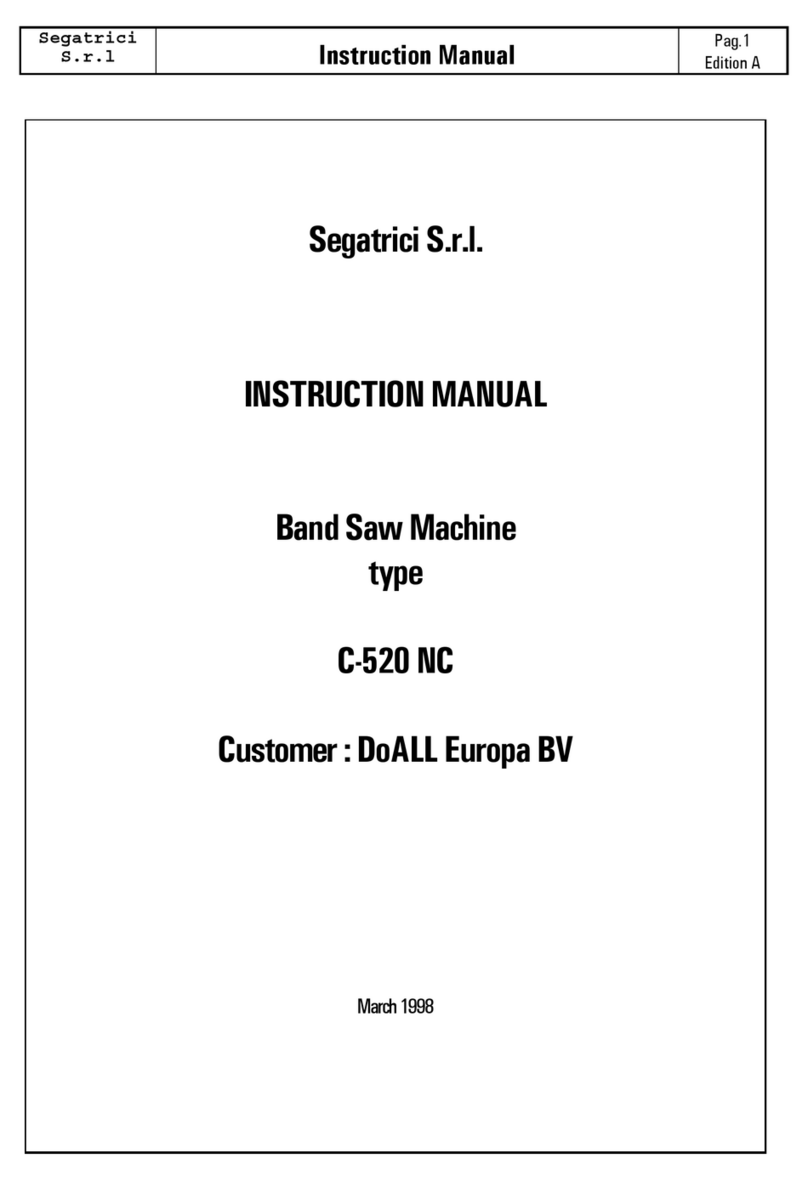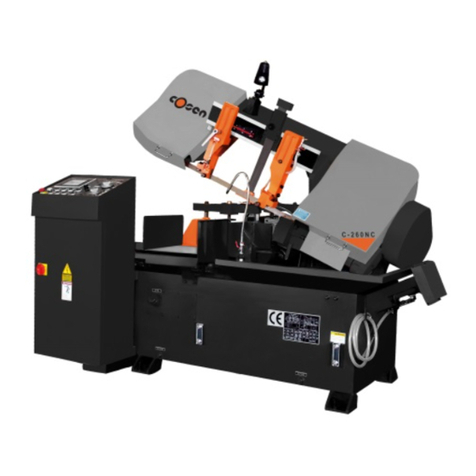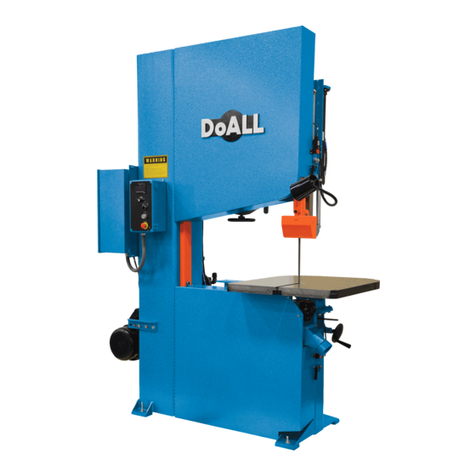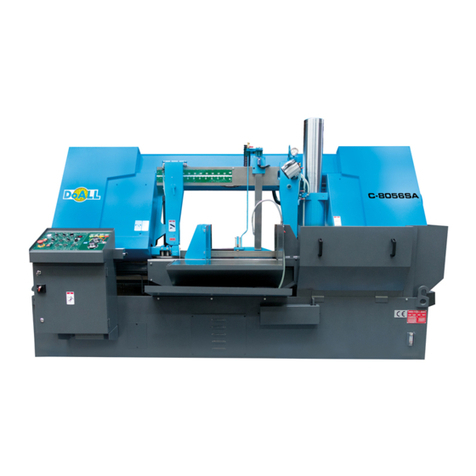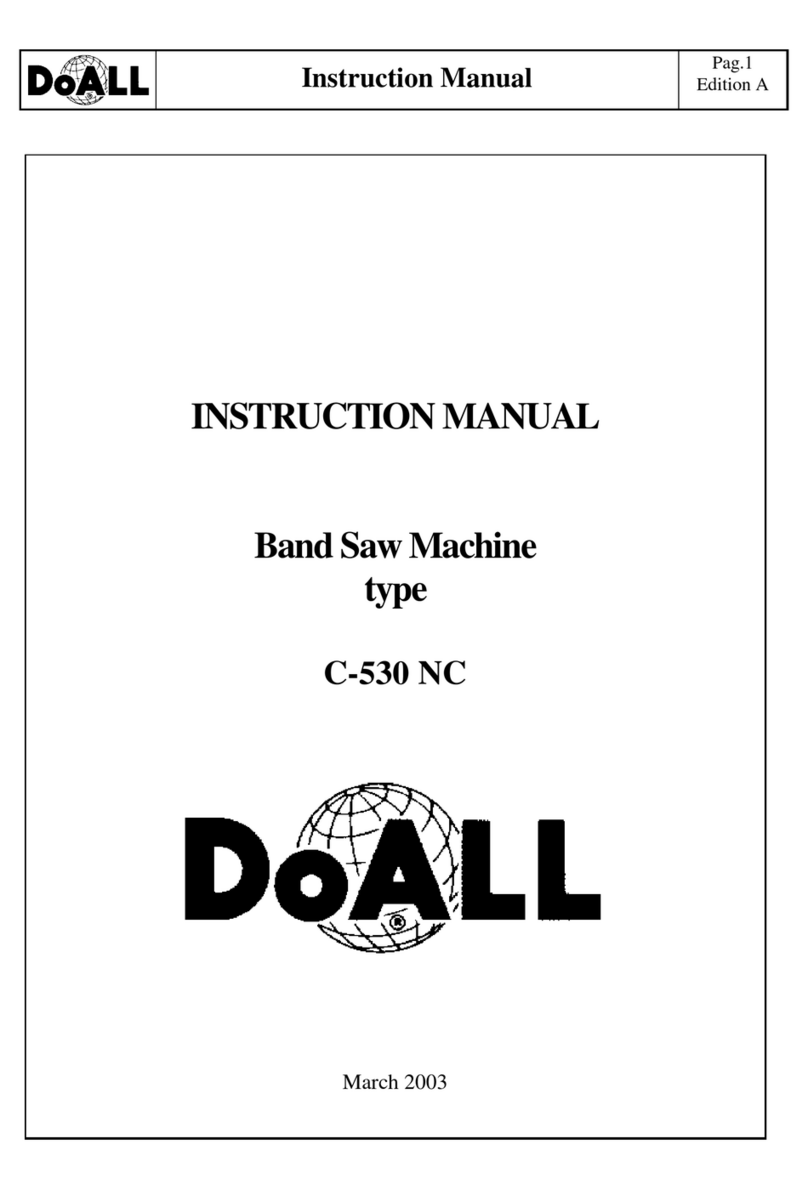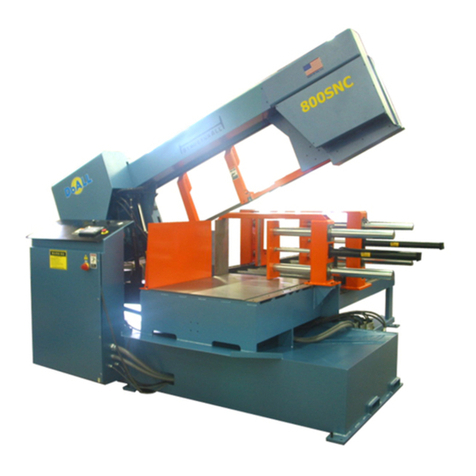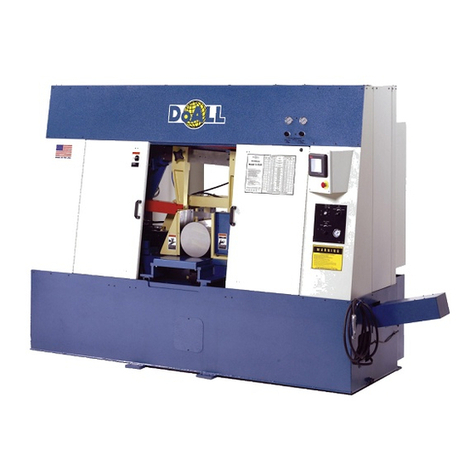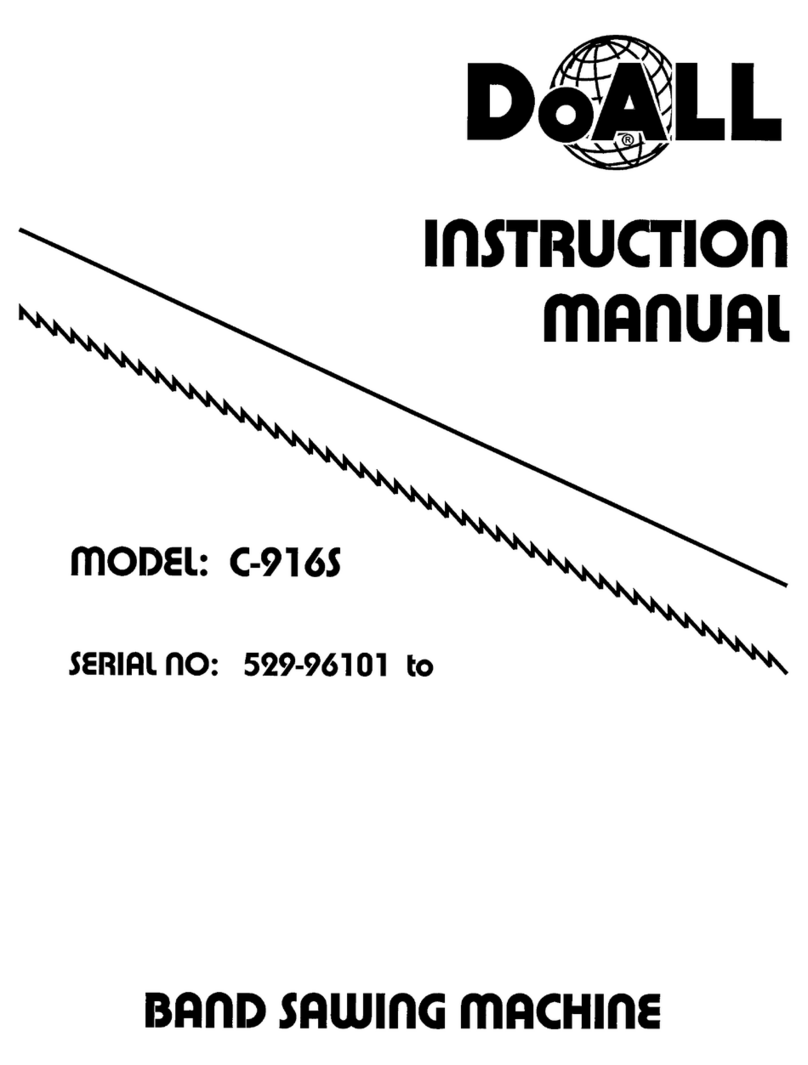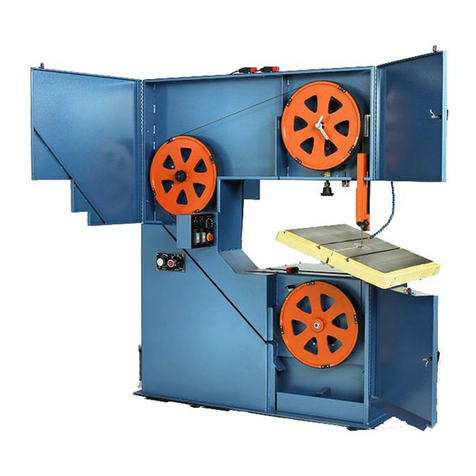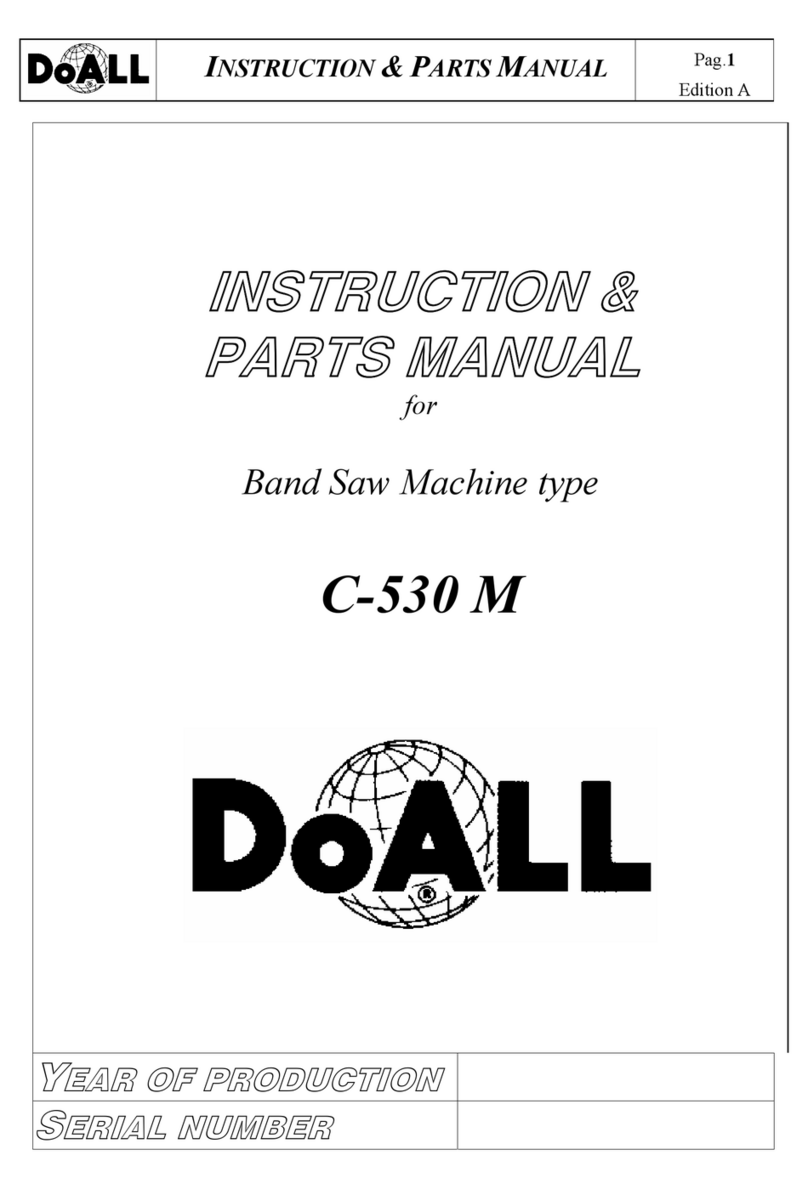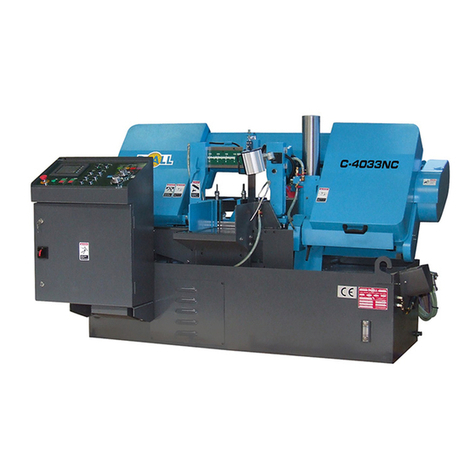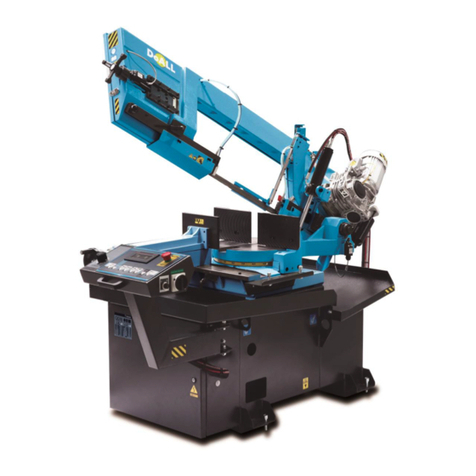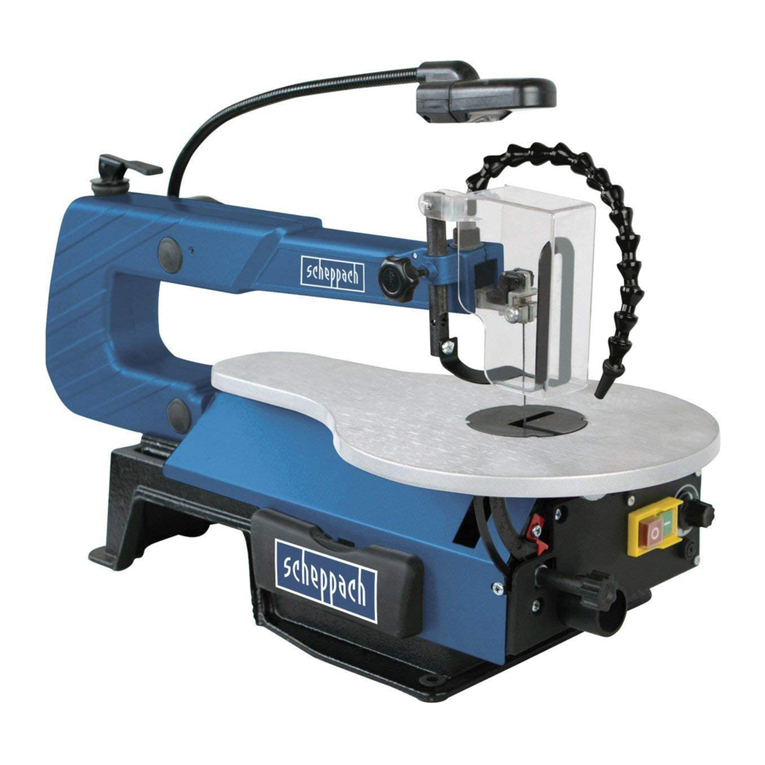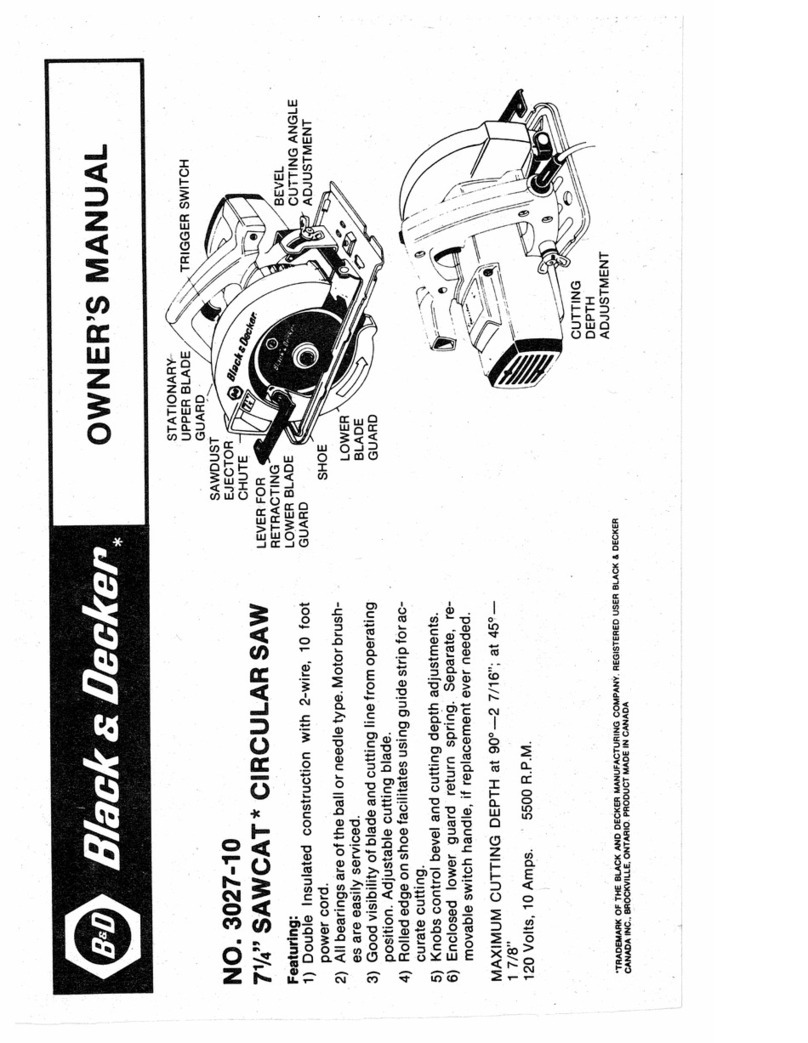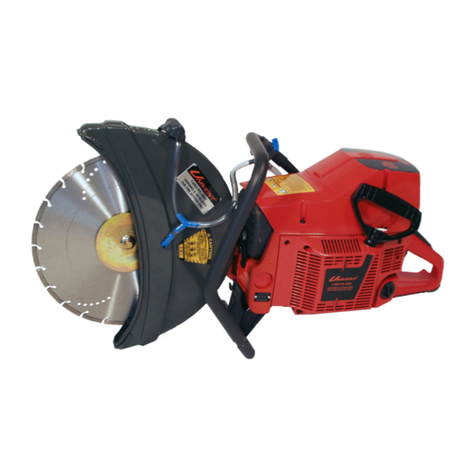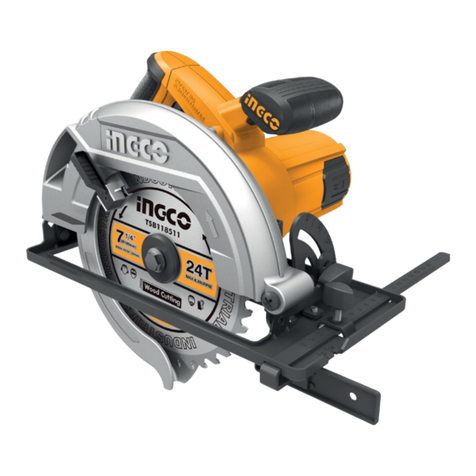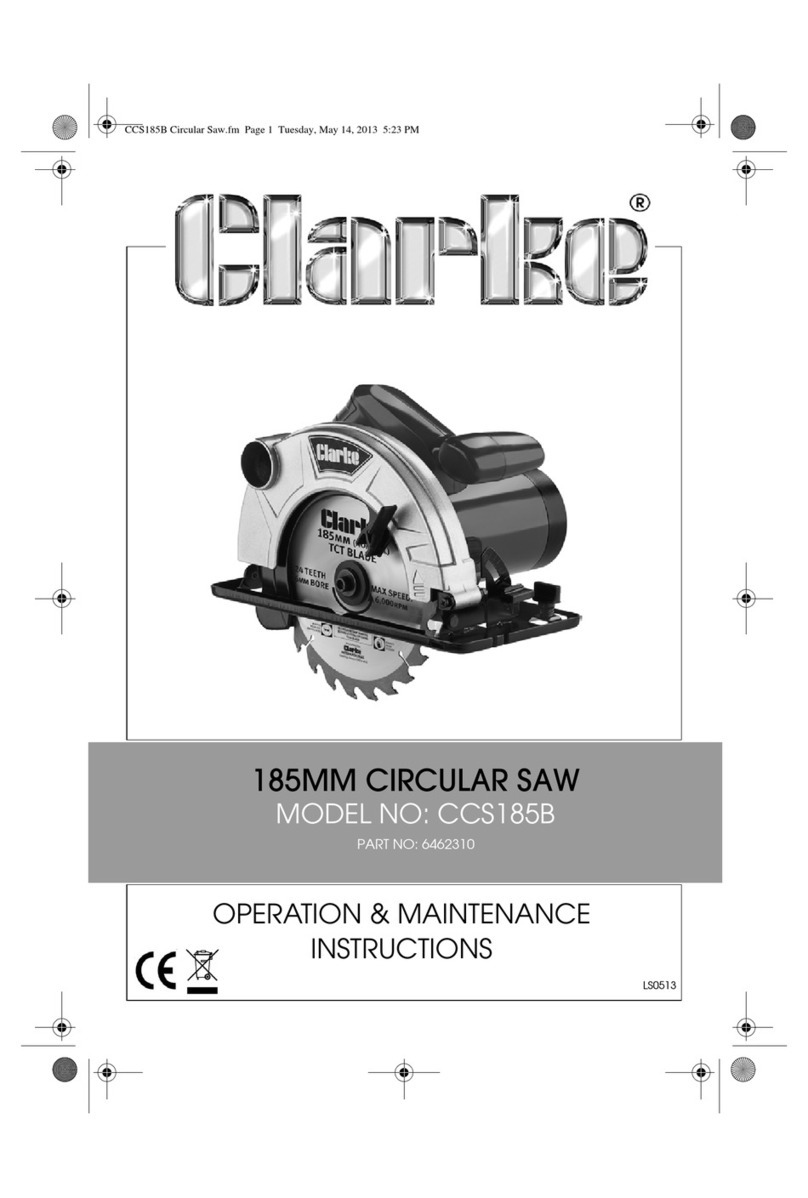
ii
TABLE OF CONTENTS
MACHINE DIMENSIONS
Foot Pad Layout ................................................... 1
Floor Plan (5 Foot Index Option) .......................... 2
Front View ............................................................ 3
Side Views (Standard and 5 Foot Index Option) .. 4
MACHINE FEATURES
Front and Top Views ............................................. 5
Proximity Switch/Limit Switch Locations ............... 6
INSTALLATION
Location ................................................................ 7
OSHA Notice!! ...................................................... 7
Unpacking ............................................................. 7
Cleaning ............................................................... 7
Lifting .................................................................... 7
Floor Installation ................................................... 7-8
Electrical Installation ............................................. 8-9
Preparation for Use .............................................. 9-10
OPERATION
Safety Precautions ............................................... 11
Using the Job Selector ......................................... 11
Control Console .................................................... 12-13
Operator Workstation ........................................... 13-21
Other Controls ...................................................... 21
Saw Band Preparation .......................................... 22-23
Left Hand Guide Arm Adjustment ......................... 23-24
Feed Force Adjustments ....................................... 24
Saw Head Positioning and Approach ................... 24-25
Automatic Head Elevation and Sensing Arm
(Auto Mode Only) ............................................. 25-26
Minimum Bar End/Split Front Vise ........................ 26
Vertical Guide Roller ............................................. 26
Hydraulic System .................................................. 26
Coolant System .................................................... 26
Chip Removal ....................................................... 26-28
Idler Wheel Motion Detector ................................. 28
Typical Operating Procedures .............................. 28-30
LUBRICATION
Lubrication Chart .................................................. 32
Lubrication Diagrams ............................................ 33
MAINTENANCE
Replacing Saw Guide and Back-Up Inserts ......... 34
Adjust or Replace Saw Band Lead-In/Exit Rollers 34
Band Drive Belt Replacement .............................. 34
Hydraulic System .................................................. 34-35
Coolant System .................................................... 35
Machine Cleaning ................................................. 35
Machine Alignment ............................................... 36
Band Brush ........................................................... 36
Band Tension Measurement ................................. 36
Wear Plate Replacement ...................................... 36
Band Drive Transmission ...................................... 36
Bandwheels .......................................................... 36
Cleaning Chip Conveyor ....................................... 37
TROUBLE SHOOTING ................................ 38-41
ACCESSORIES
Roller Stock Conveyor .......................................... 42
Vertical Guide Rollers ........................................... 42
Nesting Fixture ..................................................... 42-44
Band Twist Indicator ............................................. 44-45
Band Lubricator .................................................... 45
Worklight ............................................................... 45
5 Foot Index Option .............................................. 45
Laser Line Option ................................................. 45
Material Handling Equipment ............................... 45
How to read your serial number:
